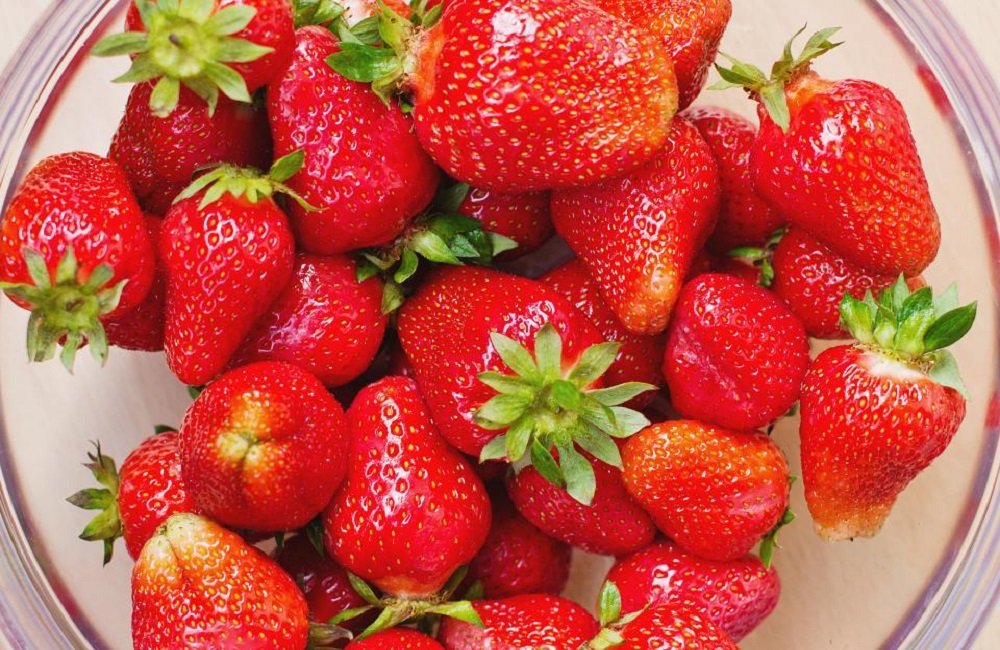Gardening
10 Tips for Growing Strawberries
Strawberries have always held a special place in my heart. There’s something about their sweet-tart flavor and vibrant red color that brings a sense of joy and nostalgia. Unfortunately, where I live, fresh strawberries aren’t easy to come by. The only time I truly get to enjoy them is when I visit Baguio City in the Philippines—a place known for its cool climate, stunning scenery, and yes, its luscious, locally grown strawberries.
Every trip to Baguio feels like a treat, not just because of the fresh mountain air and pine-scented breeze, but because I get to savor strawberries at their best—juicy, fresh, and straight from the farm. That experience inspired me to learn how to grow strawberries myself, so I could enjoy them more often and share them with others.
In this guide, I’ll walk you through everything I’ve learned about growing strawberries—from choosing the right variety to caring for your plants throughout the season. Whether you’re growing them in your backyard or a small container garden, you’ll find that strawberries are one of the most rewarding fruits you can grow at home.
Choose the Right Type of Strawberry

There are three main categories of strawberries, each with its own growth habits and harvest times:
- Day-Neutral Varieties
These strawberries can produce fruit continuously throughout the season, as long as temperatures stay between 35°F and 85°F. A popular example is the Albion strawberry, known for its sweet flavor and consistent yield. - June-Bearing Varieties
As the name suggests, these plants produce one large harvest in early summer, typically around June. Hood strawberries are a common June-bearing type and are known for their rich flavor. - Everbearing Varieties
Everbearing strawberries typically yield two harvests per year—one in early summer and another in late summer or early fall. They’re ideal if you want multiple picking opportunities throughout the season.
Pick the Ideal Planting Spot
Strawberries need plenty of sunshine to thrive. Aim to plant them in a location that gets at least 6 to 10 hours of direct sunlight per day.
They grow best in loamy, well-draining soil. To improve soil quality, mix in compost or well-aged manure before planting. Adding organic materials like peat moss or coarse sand can enhance drainage, especially in dense or clay-heavy soils.
If you’re short on garden space, don’t worry—strawberries do well in raised beds, containers, and pots. Just be sure to refresh the soil with an inch or two of compost at the start of the growing season.
Know the Best Time to Plant

The best time to plant strawberries is in early spring, shortly after the last frost. For most regions, this falls between March and April.
Wait until the ground is no longer frozen and has received a good soaking from spring rain. This helps ensure the soil is warm enough to support healthy root development.
Fertilize for Healthy Growth
Adding nutrients to the soil gives your strawberry plants a strong start. Use a balanced fertilizer before planting—about one to two pounds per 100 square feet is a good rule of thumb.
After planting, fertilize again in about 4 to 6 weeks to support new growth. Be sure to water thoroughly after applying fertilizer to help it reach the roots.
Avoid fertilizing in the spring of the fruit-bearing year, as excessive nitrogen can lead to soft, easily damaged berries.
Give Each Plant Room to Grow

Strawberries need space to spread. When planting in rows, leave about 18 inches between each plant. This allows room for runners (baby plants) to grow and improves air circulation, which helps prevent disease.
Water Correctly
Consistent watering is key, especially during dry spells and once the plants begin to fruit. Give your strawberries about 1 inch of water per week.
Water at the base of the plant, not on the leaves. Wet leaves can lead to fungal diseases, so always aim to keep the foliage dry.
Watch for Mold and Rot
Warm, humid conditions can sometimes lead to mold or rot on strawberry plants. If you notice any decaying fruit or discolored leaves, remove them right away to stop the spread of disease.
To protect your plants during hot spells (above 85°F), consider using shade cloth or floating row covers. These lightweight materials can reduce heat stress while still letting sunlight through.
Keep Pests and Weeds in Check
Strawberries are naturally sweet, which makes them attractive to pests like slugs, snails, and sow bugs. You can deter these pests with natural solutions, such as placing small containers of beer near the plants to trap slugs.
Weeds are another common issue. To prevent them, lay down black plastic or weed barrier fabric before planting. This not only blocks weeds but also keeps the fruit clean and dry.
Check for weeds weekly and remove them by hand or with a hoe, making sure to get the roots to avoid regrowth.
Mulch to Protect Your Plants
Mulching around your strawberry plants helps retain moisture, keeps the fruit off the soil, and reduces weed growth.
Use organic mulch materials such as straw, shredded leaves, or newspaper. Apply a layer a few inches thick around the base of each plant.
Pinch Off Flowers in the First Year
While it might be tempting to let your plants fruit right away, removing the flowers during the first year encourages the plant to focus on establishing strong roots.
This extra effort early on leads to a larger, healthier harvest in the second year. Use your fingers or gardening shears to gently snip off the blossoms.
Final Thoughts
Strawberries are not just tasty—they’re a great addition to any garden. They offer visual appeal, a pleasant fragrance, and can attract helpful pollinators like bees and butterflies.
With the right care and a bit of patience, you can enjoy fresh, homegrown strawberries season after season.

